There is huge confusion in the cake-making community regarding the use of decorative glitters and dusts.
Following a notice by the Food Standards Agency (FSA), at the end of last year, online forums, including British Baker’s own National Cupcake Week Facebook group, have been awash with comments from perplexed cake-makers as to what they can legally use to decorate their cakes.
The FSA has said it was aware of a number of instances of non-edible cake-decorating materials often described as dust or glitters made from coloured plastic particles, being marketed in ways that may lead to purchasers consuming these materials "due to a misunderstanding that they are intended for consumption", or because the products could not be fully removed from the food before consumption.
The saga, dubbed ’glittergate’, concerns the labelling of these types of products as ’edible’, ’non-edible’ or ’non-toxic’. Several cake-makers said they had stopped using the glitters, due to fears they may get into trouble. Jane Edgar, owner of Cakeaccasions, said that, following the FSA’s comments, she had decided not use cake glitters. Angie Townsend, owner of The Tiny Cake Company also said she had stopped using them, as she was unsure whether she was allowed to do so.
According to the FSA, the official requirements for the use of non-edible dust and glitter on foods to be supplied commercially, are that decorative materials intended for consumption "should only be considered safe if they are composed entirely of permitted food ingredients", including additives or colouring. Only then can they be labelled as edible.
Meanwhile, ’decorative’ dusts and glitters must meet the requirements for ’food contact materials’ if they are intended to come into contact with food or if there is a chance they may do so.
An FSA spokesperson said glitter intended to be consumed must meet the requirements of the additives legislation. "But if the glitter is intended (or reasonably likely) to come into contact with the food, but not meant to be consumed, it must meet the requirements of the food contact materials legislation."
Some firms selling these glitters, have changed their products’ description; edible-glitter.co.uk lists edible cake glitter (which can be used with food) and non-toxic cake glitter (suitable for display cakes and centrepieces i.e. not to be eaten), for example.
The FSA spokesperson said any cake-makers unsure of whether a product is safe to eat, from the label, should clarify this with the glitter supplier. "It is the manufacturer’s responsibility to ensure that their product is safe/fit-for-purpose," she added.
To see the original document on the FSA’s website visit http://tinyurl.com/88cssrt
National Cupcake Week Facebook group comments
Sparkle Rae: So what’s the general consensus? No glitter if cake or decoration is to be eaten? Just checking as I have stopped using it and this upsets me!
Claire Hancock: With all the hoo-haa going at the moment concerning ’edible’ glitter, are yours actually edible or not for consumption? It’s all very confusing. People are being told by their EHOs that they are not legal to use on cakes to be eaten. I don’t want to buy any if I cannot use them.
Nicki McCourt, Cup Couture: Have heard edible glitter has been re-classified as non-edible and therefore, not allowed to be used on food products. Is this true?
Sarah A Stephenson, Daydream Bakery: What are you all doing about edible glitter non-toxic/edible classification change? Are you still using it or have you found sparkly alternatives?

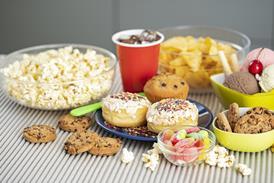
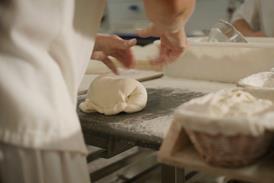

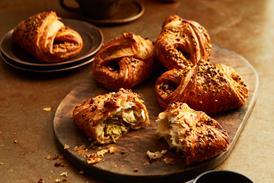
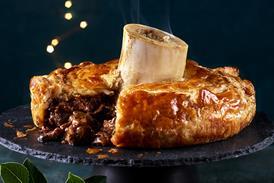
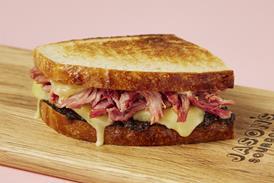

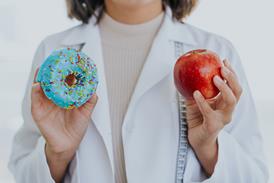
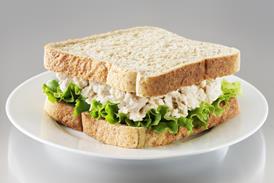
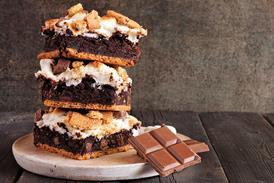




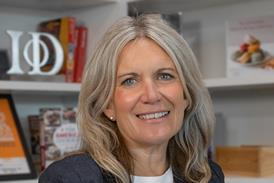
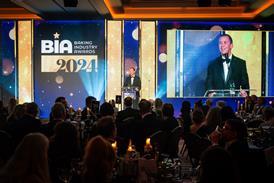
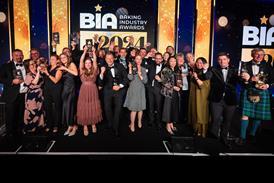
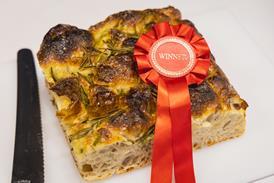

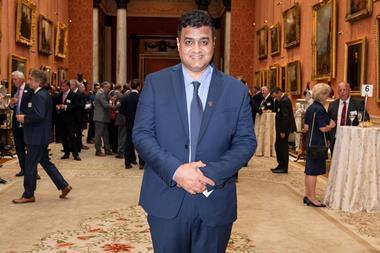
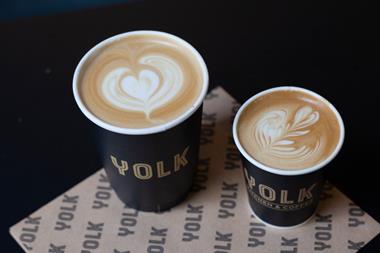



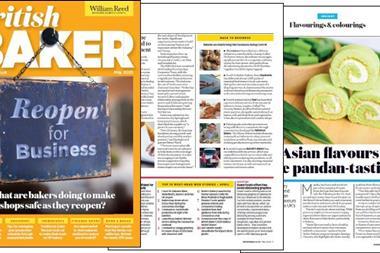
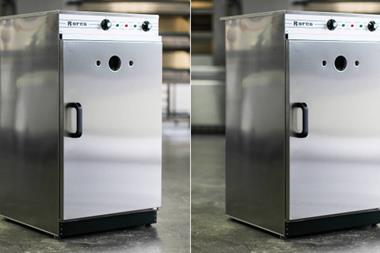
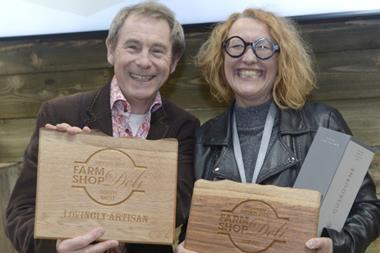
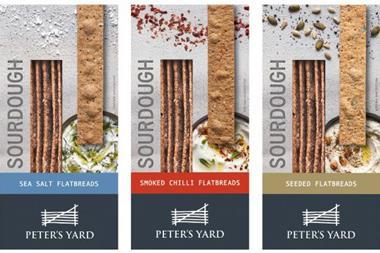
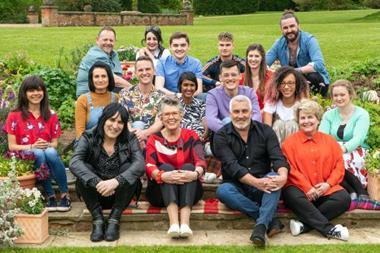


No comments yet